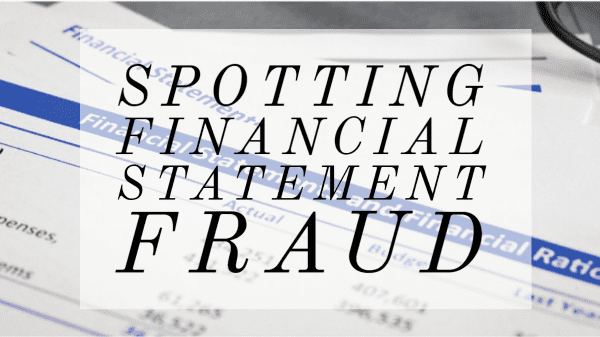The Fraud Triangle can become both a prison and a self-fulfilling prophecy.
Related to a criminal investigator’s search for means, motive, and opportunity, this tool allows fraud investigators to spot why and how fraud might be occurring, and who is most likely to commit it.
Financial turmoil is the obvious motive in most cases, with perpetrators rationalizing their decisions to cut corners or skim funds due to the increasingly troublesome circumstances.
Opportunity can present itself in myriad ways: too little operational oversight, improper vetting of new customers, outsourcing manufacturing or services, and tense working conditions (too much work due to short staffing, layoffs, or other factors).
The pandemic has probably created opportunities too, with remote working and little contact or the usual types of review from supervisors or management. Of course, whether this is true or not may not be evident for some time.
However it may happen, the Association of Certified Fraud Examiners (ACFE) estimates companies can lose as much as 5 percent of their annual revenue to fraud-related costs, and the stakes are even higher when the future is uncertain and even profitable corporations are feeling the heat.
The Perpetrators
So who are the fraudsters? It’s not wise to embrace stereotypes, as many people who commit fraud are valuable, trusted, well-liked employees.
On average, they’ve worked at a company for half a decade at least, and most are first-time offenders with no previous criminal activity of any kind, fraud or otherwise. Almost 90 percent have never been charged with financial impropriety, and 84 percent have never been disciplined by an employer.
But with an increased trend towards bonuses tied to performance—fully 80 percent of eligible employees in 2020 had bonuses linked to the company’s stock growth, quarterly sales figures, or other performance numbers—the lure of cooking the books is greater than ever.
Other motivations can include a genuine desire to please management and see the company do well, or the wish to boost the company’s profile and reputation ahead of a buyout, investment, or major loan.
While it is entirely possible that a low-level employee can fudge numbers, or a salesperson can blur figures to reel in a bigger commission, most fraud comes from the top: owners and c-suite executives with the ability to manipulate financial statements and the likelihood of personal gain from a robust bottom line are the most likely culprits.
This is an excerpt from the Credit and Finance department feature in the July/August 2021 issue of Produce Blueprints Magazine. Click here to read the whole issue.



